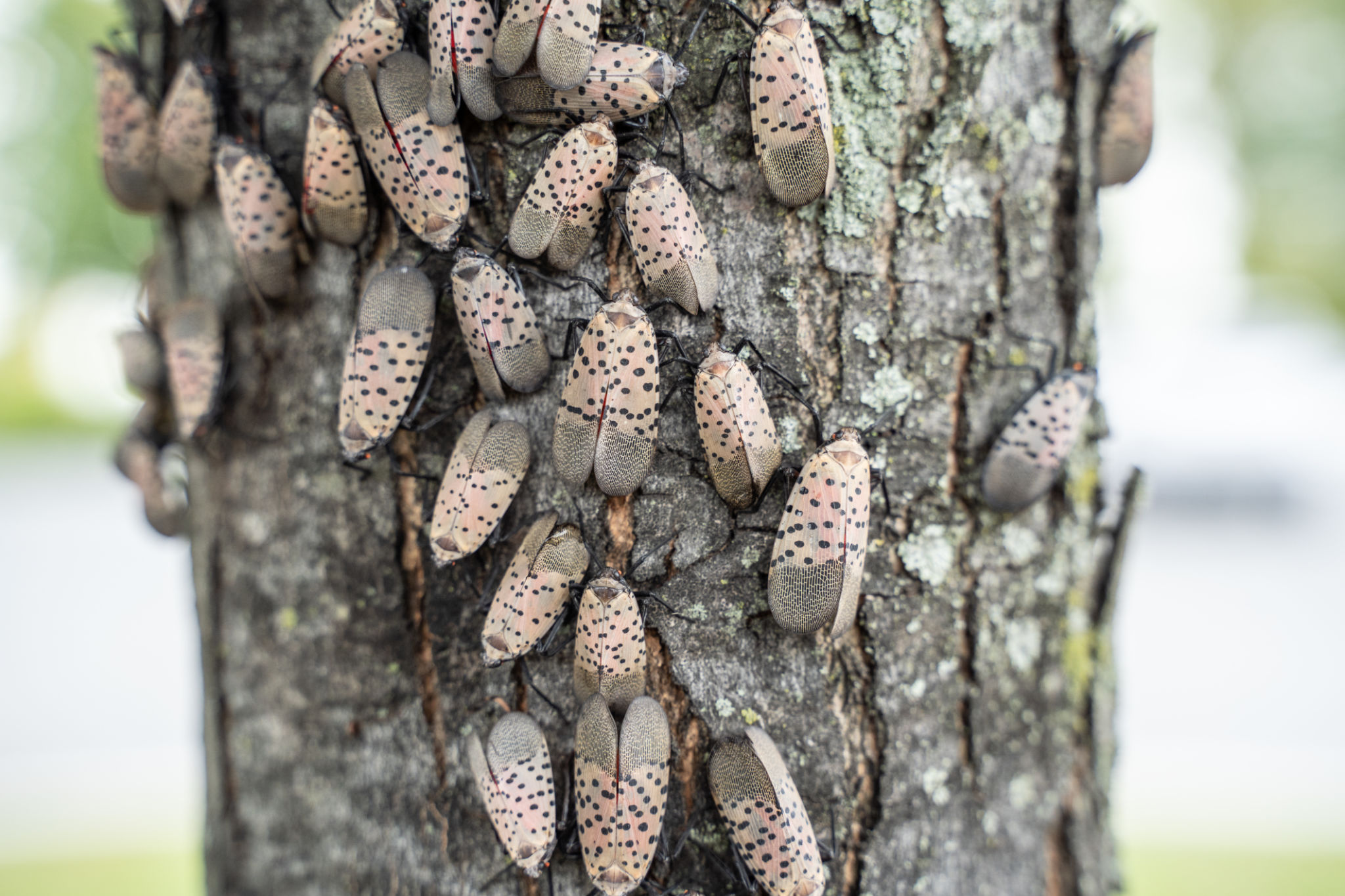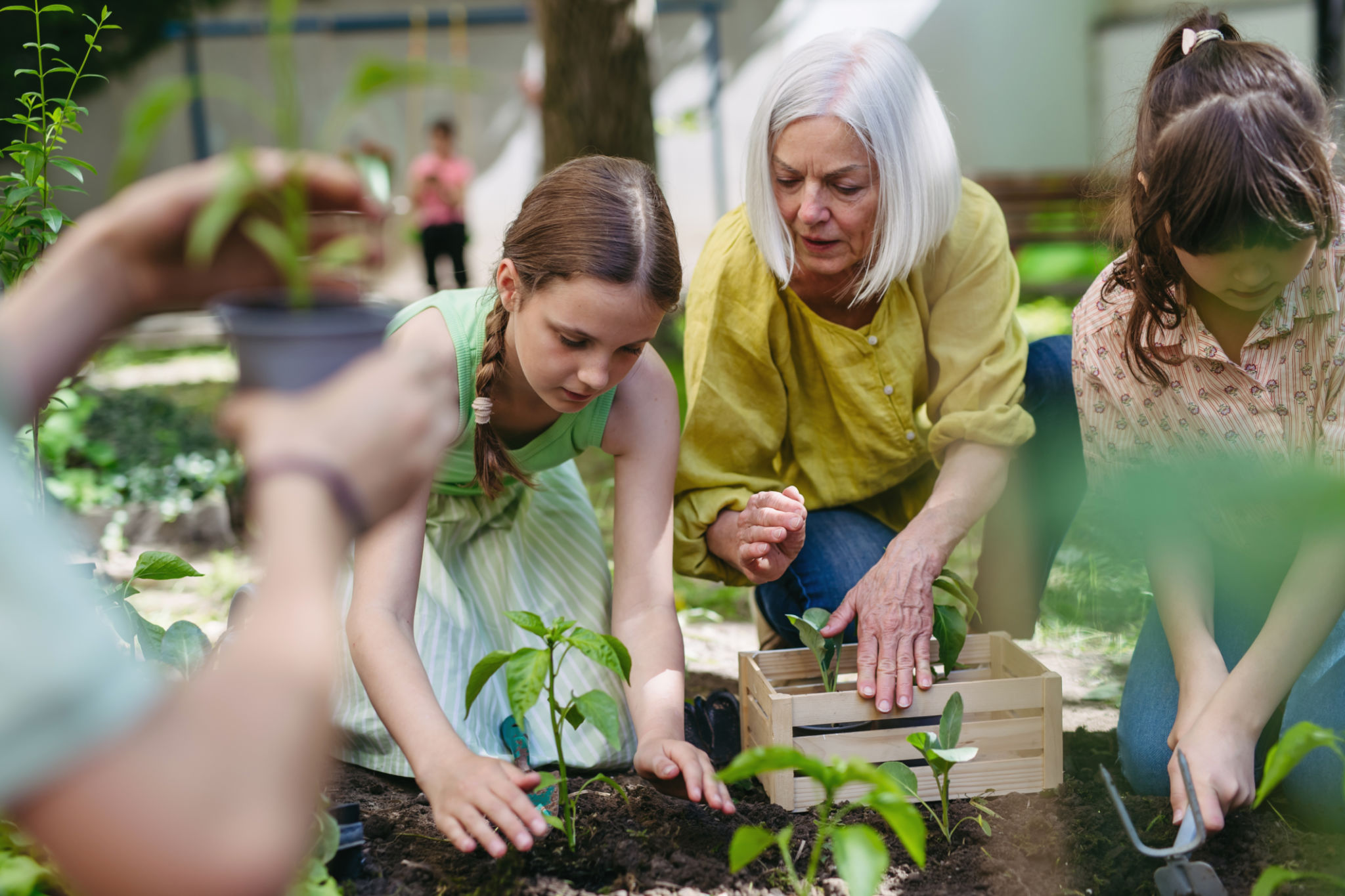DIY: Creating a Lantana-Free Garden in South Africa
Introduction to Lantana and Its Impact
In South Africa, the invasive plant species Lantana is notorious for its rapid spread and detrimental effects on local biodiversity. This vibrant plant, though beautiful, poses a threat to ecosystems, agriculture, and even human health. If you are looking to create a Lantana-free garden, understanding its impact is the first step.

Why Remove Lantana?
Lantana is known to compete aggressively with native plants, reducing biodiversity. It forms dense thickets that can choke out indigenous flora, hinder access for animals, and even alter fire regimes. Moreover, some varieties of Lantana are toxic to livestock and pets, making its eradication crucial for safer agricultural and residential environments.

Identifying Lantana in Your Garden
Before removal, it’s essential to correctly identify Lantana. The plant is characterized by its colorful clusters of flowers, which range from pink and yellow to orange and red. Its leaves are rough and serrated, often releasing a pungent aroma when crushed. Familiarizing yourself with these features will help ensure you target the right plant.
Steps for Effective Removal
- Manual Removal: For small infestations, manually uproot the plant, ensuring you remove the entire root system to prevent regrowth.
- Herbicide Application: For larger areas, apply a recommended herbicide that targets Lantana specifically. Follow safety guidelines to protect yourself and non-target plants.
- Consistent Monitoring: Regularly check your garden for new growth and remove any young plants promptly.

Preventing Future Infestations
Once Lantana is removed, take steps to prevent its return. Implementing a mix of preventive measures will help maintain a Lantana-free space. Start by planting native species that can outcompete Lantana for resources. A healthy garden with diverse plants can naturally resist invasive species.
Community and Environmental Considerations
Engage with local gardening clubs or environmental groups to share knowledge and resources on managing invasive species. Community efforts can significantly enhance the success of individual actions, creating broader impact on the environment. Additionally, report any sightings of Lantana in public spaces to local authorities for coordinated management efforts.

Sustainable Gardening Practices
Incorporating sustainable gardening practices not only aids in keeping Lantana at bay but also enhances the health of your garden. Use organic mulch to suppress weed growth, conserve moisture, and enrich the soil. Ensuring that your garden is regularly maintained will contribute to a thriving, Lantana-free landscape.
Creating a Lantana-free garden requires dedication and consistent effort, but the rewards are a more sustainable ecosystem and a beautiful garden space that supports local wildlife. By following these guidelines, you can help protect South Africa’s natural heritage while enjoying a vibrant and diverse garden.